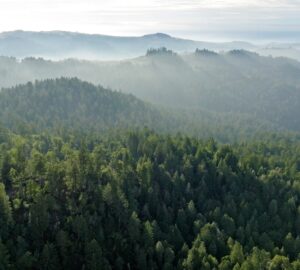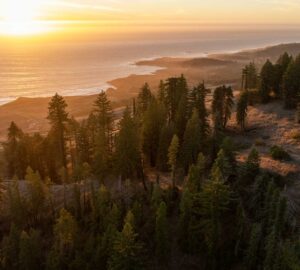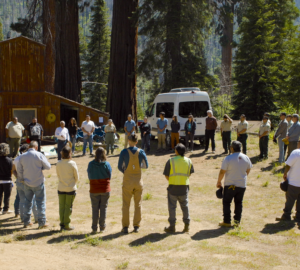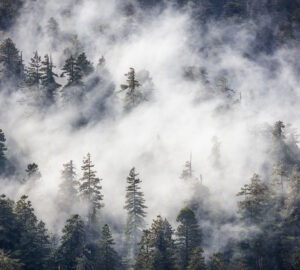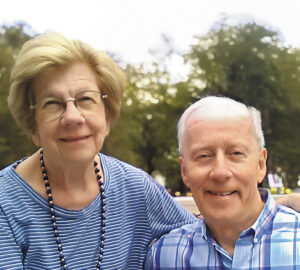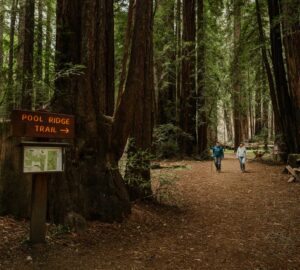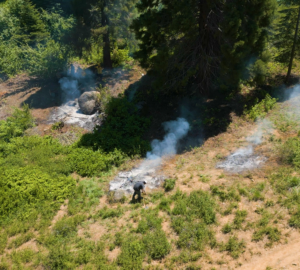As development looms, we’re rallying to keep an iconic Sonoma Coast landscape intact
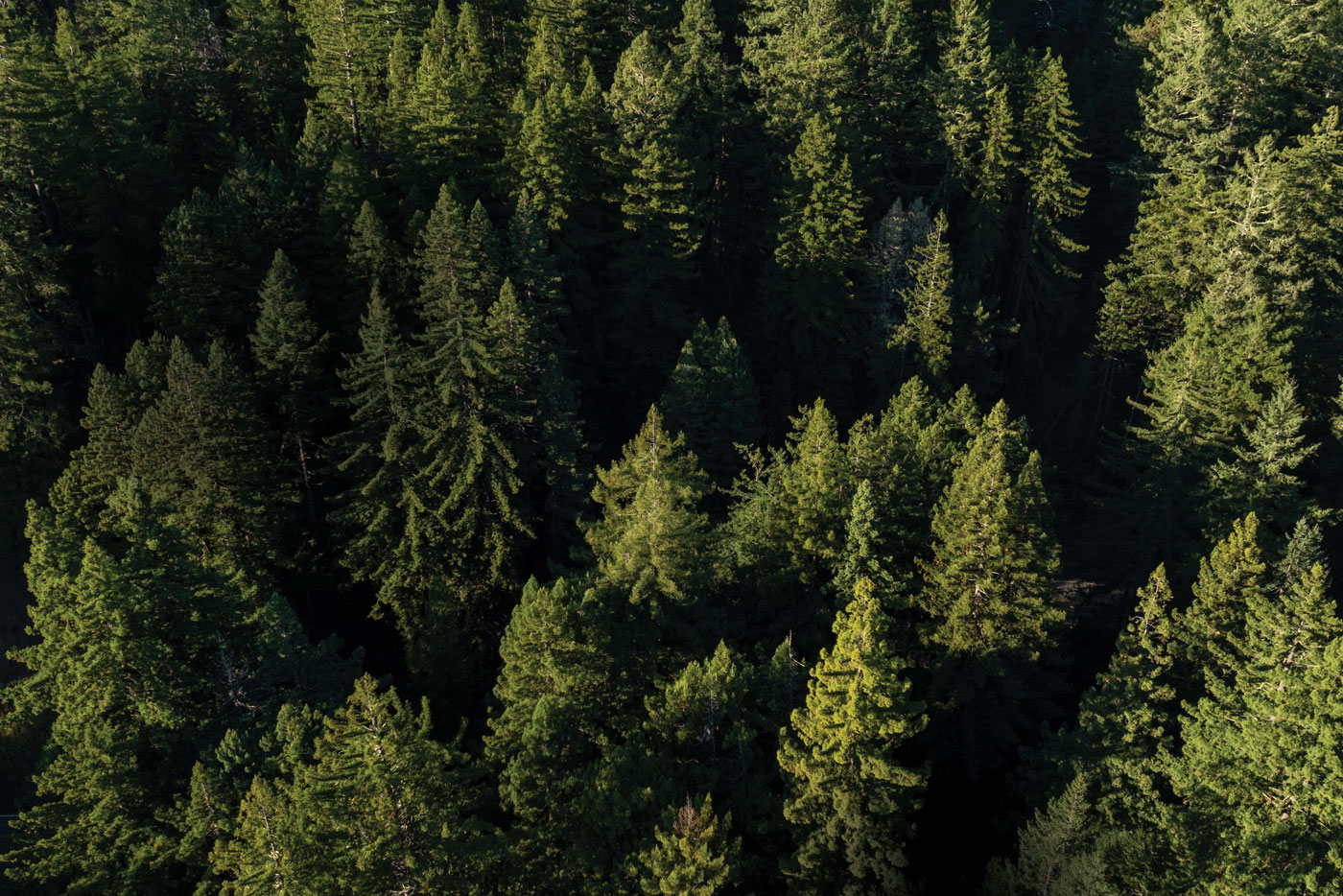
At the far edge of the continent, a dark swath of redwoods clings to golden hillsides that plunge toward the sea. In the ridgetop meadows, deer wander through the sun-warmed grasses and butterflies flit between flowers. The wind smells of salt spray and carries the cry of a red-tailed hawk.
Welcome to Sonoma Coast Redwoods, a 1,624-acre property that hugs the twisting ribbon of Highway 1 as it winds along Sonoma County’s coastline. On a map, this property is clearly demarcated; but standing on the land itself, all boundaries vanish. Dense redwood forest blankets the ridgeline for miles. Shimmering ocean panoramas extend south to Jenner and Bodega Bay and north to Fort Ross and beyond. This is the California coast as the soaring hawk sees it: a single connected landscape, ancient and essential.
“With its mature redwoods and sweeping ocean views, this stretch of Sonoma coastline is at significant risk of development.”
— Sam Hodder, League president and CEO
How distressing then to imagine this spectacular place carved up into private estates. Already, four legal parcels exist as theoretical lines on the map. If developed, these “ranchettes” would offer up infinite vistas and proximity to secluded beaches, the Russian River, and Sonoma’s wine country to a lucky few.
But Save the Redwoods League and our partners have a different blueprint for Sonoma Coast Redwoods: a plan to acquire, restore, and permanently protect this precious landscape for the benefit of all.
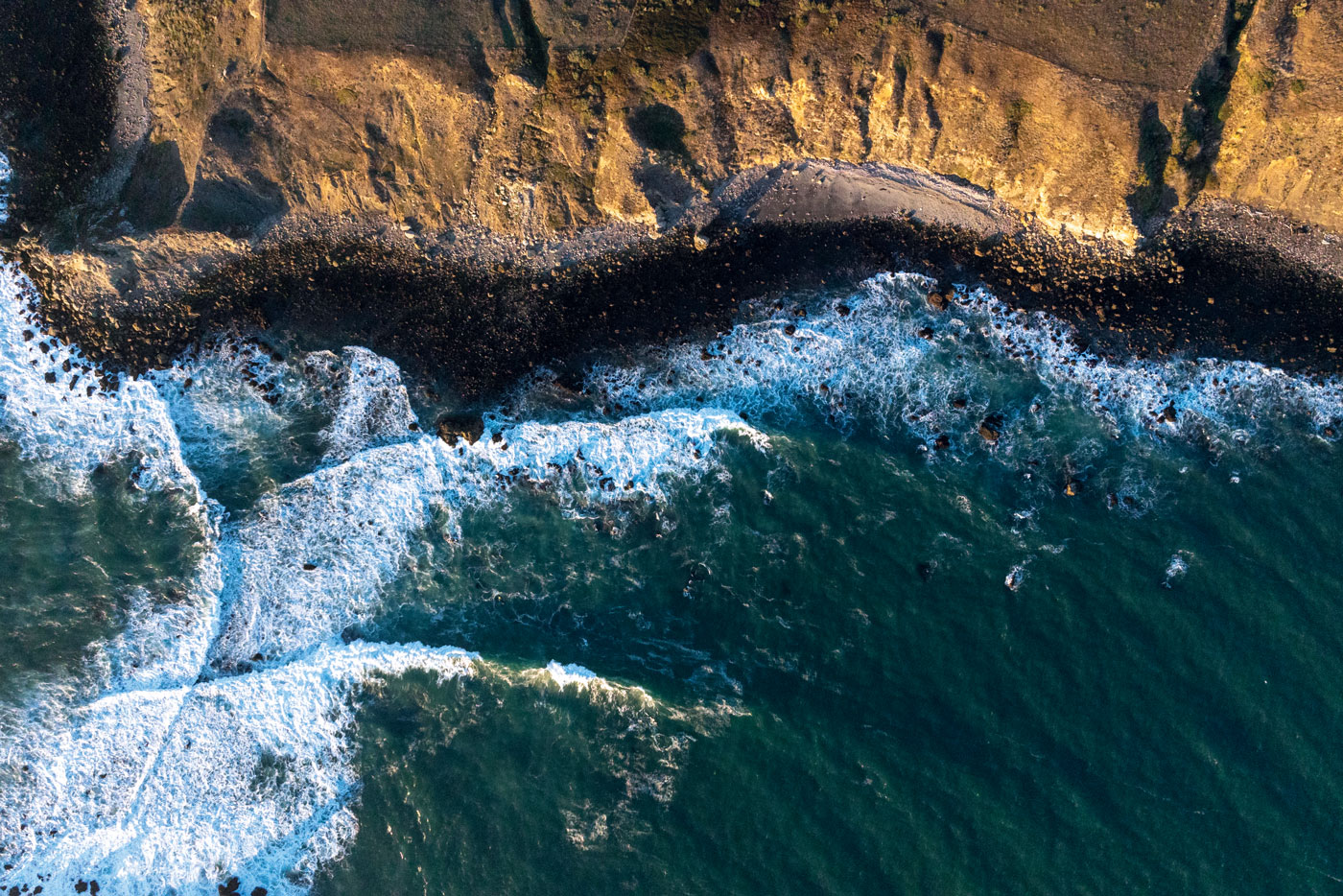
“With its mature redwoods and sweeping ocean views, this stretch of Sonoma coastline is at significant risk of development,” says League president and CEO Sam Hodder. “We’re bringing forward a unique opportunity to remove that threat — a chance to ensure that the rugged beauty, cultural significance, and climate resilience of this iconic landscape are protected forever.”
Transforming this sizeable private parcel into public land would advance the League’s goal of doubling the amount of coast redwood forest in parks and reserves. It also aligns with California’s 30×30 Initiative to protect 30 percent of the state’s land and coastal waters by 2030 to help fight climate change and support greater biodiversity.
The positive impacts would also ripple out on a more intimate scale. Imagine a family hiking along a new extension of the nearby California Coastal Trail, stopping in delight to watch a bobcat slink through the protected forest. Or one of the 2 million people who live within 50 miles of this special place coming out on a clear day. This landscape could be their connection point to nature’s restorative powers— an escape hatch from the worries of the world.
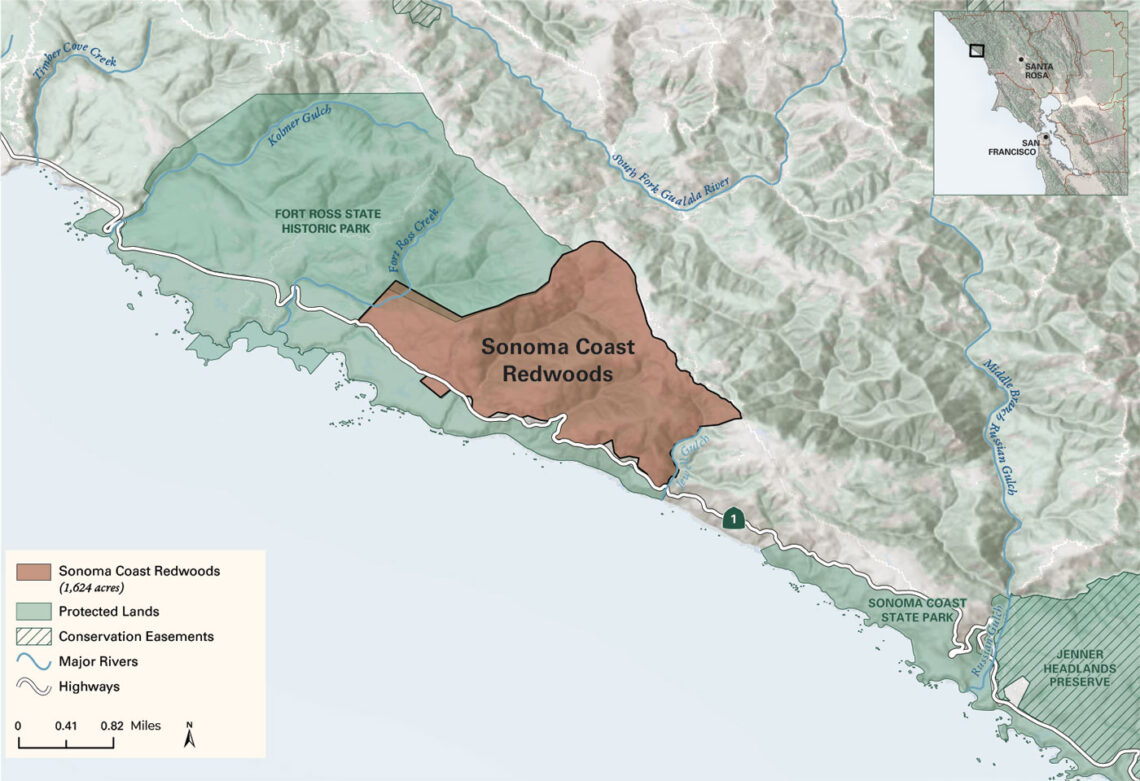
- 1,624 acres, roughly twice the size of Central Park
- Biodiverse habitat for native species, including northern spotted owl, Sonoma tree vole, and Sonoma spineflower
- Traditional territory of the Kashia Band of Pomo Indians of the Stewarts Point Rancheria
- Public recreation opportunities, including a potential extension of the California Coastal Trail
- 836 acres of coast redwood forest, including some of California’s oldest second growth and scattered old-growth trees up to 1,000 years in age
- Stands of young redwoods that will store large amounts of carbon as they grow
- Regional fire resilience and a buffer for the adjacent redwood forest at Fort Ross State Historic Park
Restoring the redwood corridor
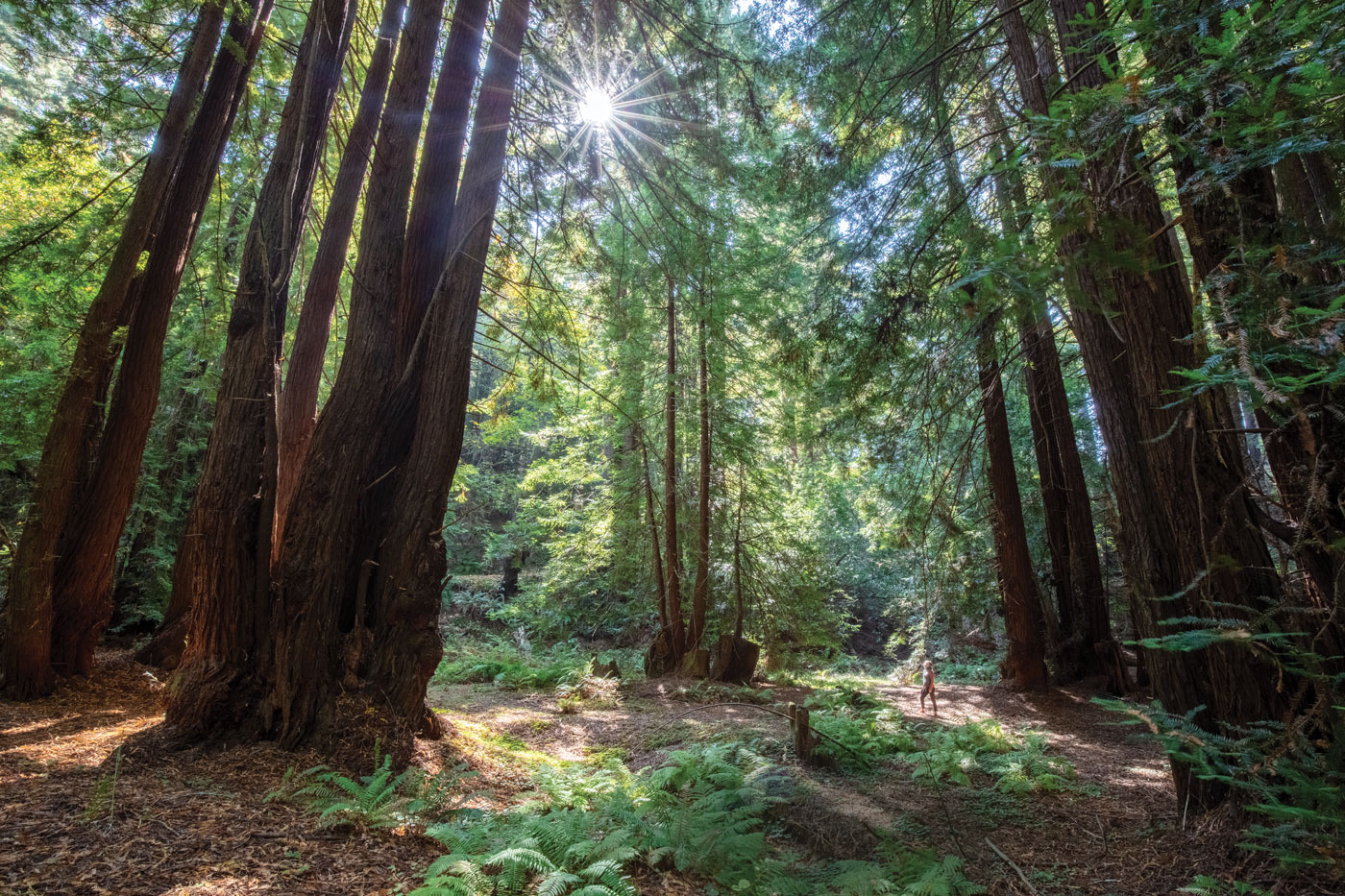
For millennia, coast redwood forests defined the Sonoma landscape. Fog-shrouded giants covered the coastal bluffs, while some of the tallest trees on the planet flourished in the rich soil of the Russian River floodplain. Many of these titans were lost in the 19th-century timber rush and ensuing harvests. But vibrant pockets of old growth remain, along with resilient second-growth redwoods eager to reach the sky once more.
Acre by acre, Save the Redwoods League and our partners are resurrecting these legendary redwood forests. Already we have permanently protected nearly 20 square miles of forest land in Sonoma County. This includes our recent acquisitions at Russian River Redwoods and Armstrong Ridge; helping to acquire 5,630 acres to create Jenner Headlands Preserve; and adding 2,157 acres to Fort Ross State Historic Park — an expansion that nearly tripled the state park’s size.
Sonoma Coast Redwoods represents a crucial link in this redwood landscape, connecting more than 7.8 square miles of wildlife habitat and nearly 8 miles of streams, including a fern-lined stretch of Fort Ross Creek where steelhead return to spawn. Roughly half of the property is covered by coast redwood forest, with trees ranging from young saplings to mature second growth to old-growth giants more than 1,000 years old. This variety indicates a healthy forest that is rapidly recovering from more than a century of timber production — a dynamic ecosystem in which young trees can grow quickly and pack away large amounts of carbon. Safeguarding these maturing redwoods now would set them on the path to becoming big, complex old growth that supports the greatest biodiversity and sequesters more carbon than any other type of forest on Earth.
“Through stewardship and good land management practices, we can help this forest become tomorrow’s old growth.”
— Adrianna Andreucci, League land protection manager
Protecting this land from development would preserve sensitive habitat for native plants and animals, many of them rare or endangered. Raptors such as golden eagles, bald eagles, and red-tailed hawks have been seen riding the thermals above the property’s steep bluffs. There is also abundant owl habitat, with three northern spotted owl activity centers found within less than a mile of the Sonoma Coast Redwoods property. This coastal ecosystem provides habitat for other species of concern, including California giant salamander, foothill yellow-legged frog, and Sonoma tree vole.

In spring, wildflowers blanket the property’s green meadows, home to colorful marsh pea, woolly-headed gilia, and rare Sonoma spineflower, a species once thought to be extinct. California’s coastal prairies are some of the most biodiverse grasslands in North America — and also some of the most threatened due to development, invasive species, and fire exclusion. The grasslands at Sonoma Coast Redwoods, which have long been used for livestock grazing, possess enormous potential for restoration.
Protecting this vital landscape will also bolster wildfire resilience in a region hard-hit by fires over the past decade. In fact, the property itself partially burned during the Meyers Fire in August 2020. A portion burned at low severity, which seems to have benefited forest health. However, some areas burned at high severity, and younger redwoods were killed. Since the fire, the current landowner, Soper Company, has managed the forest to promote a strong recovery, including planting 105,000 redwood seedlings.
“Four years after a fire impacted this property, you can see the redwood trees rebounding. You can witness their resiliency,” says Adrianna Andreucci, the League’s land protection manager. “Through stewardship and good land management practices, we can help this forest become tomorrow’s old growth.”
Maintaining a healthy, protected forest on the property would also buffer the lush redwoods of Fort Ross State Historic Park, which adjoins Sonoma Coast Redwoods directly to the north. Connecting these breathtaking landscapes creates the potential to add a missing link to the California Coastal Trail, which is envisioned as a scenic footpath stretching the entire length of the state’s coastline. This is an exciting chance to expand equitable public access and connect more people with inspiring experiences in nature.
Past, present, and future
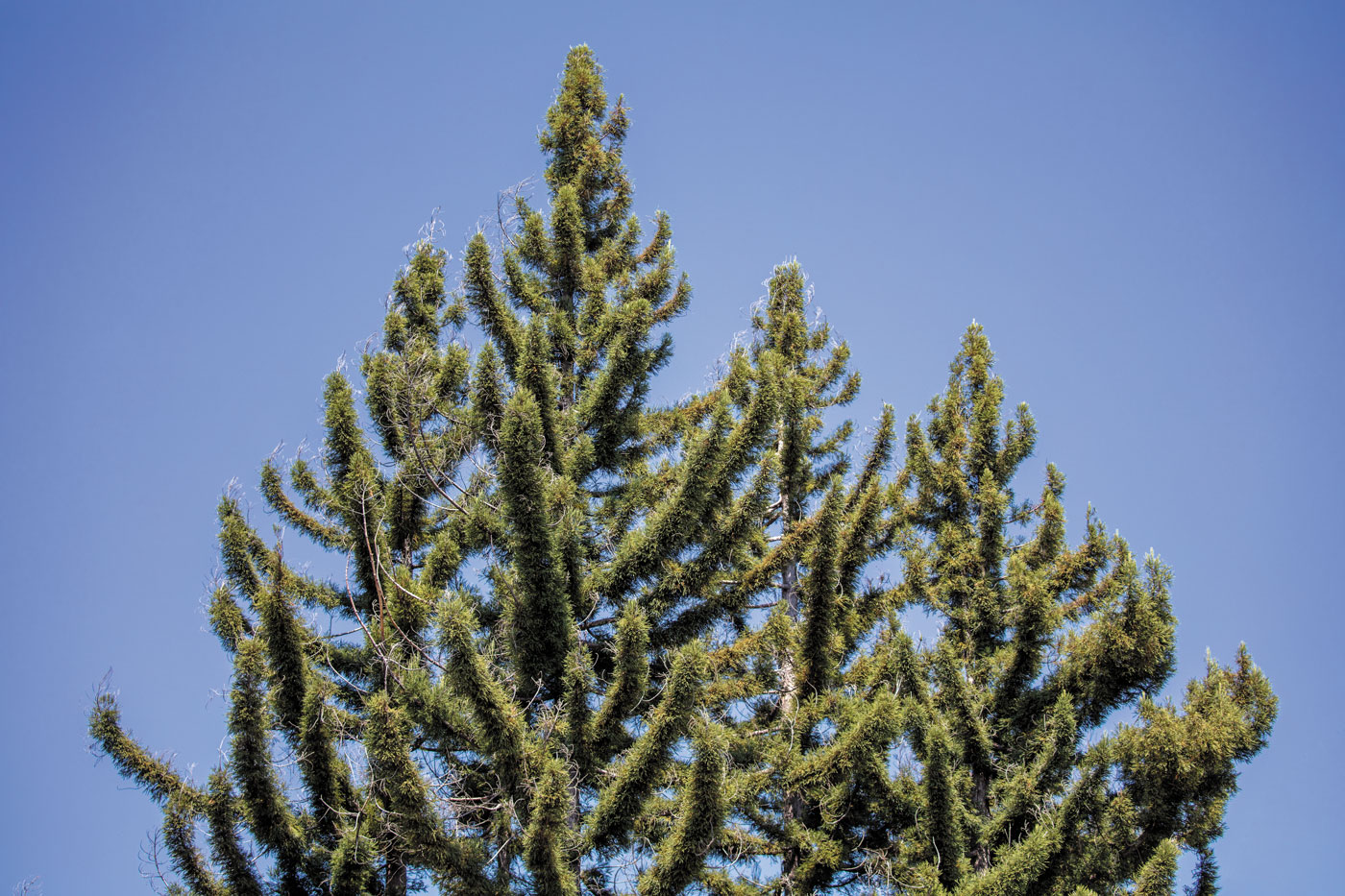
In addition to its ecological richness, the historical and cultural significance of Sonoma Coast Redwoods is important to protect. The property lies within the traditional territory of the Kashia Band of Pomo Indians of the Stewarts Point Rancheria, who own and steward the Kashia Coastal Reserve, just 10 miles up the coast.
The Kashia are the original stewards of Sonoma’s central coast and maintain deep cultural ties to their ancestral lands, which extend from the Pacific Ocean inland to the confluence of Warm Spring Creek and Dry Creek, north to the Gualala River, and south beyond the Russian River to Duncans Point. Prior to European contact, an estimated 1,500 people inhabited this territory.
In the early 1800s, the Kashia Pomo encountered Russian emissaries looking to expand their fur trade and provision Russian settlements in Alaska. In 1812, the Russian-American Company established Fort Ross on the Sonoma Coast and began farming portions of what is now the Sonoma Coast Redwoods property, employing the Kashia for labor. The fort was also the site of the first non-Indigenous commercial logging of redwoods in California. In 1841, the Russians concluded their failed experiment, leaving behind an orchard, a cemetery, and the landmark redwood structures at Fort Ross State Historic Park.

Conservation of Sonoma Coast Redwoods would create opportunities to extend cultural access to the Kashia and to collaborate with the tribe in shaping the property’s future. “The Kashia Band of the Pomo are critical partners in the conservation of this landscape,” says Andreucci. “We look forward to working closely with the Kashia and other trusted partners to safeguard and steward this landscape and create an incredible outdoor experience for everyone.”
While our vision for Sonoma Coast Redwoods is clear and bright, the outcome for this land — one of the treasured few properties of its kind — is yet to be determined.
Our immediate goal is to rally support for securing the redwood forest footprint against the threat of development, timber harvest, and wildfire. If successful, we would then determine a permanent steward and transfer this land to public ownership, increasing the number of redwood destinations in California that are accessible to everyone. This is a collective opportunity — a chance to be good ancestors and ensure that the beauty and benefits of this magnificent coastal landscape stretch far into the future.
Save the Redwoods League is pursuing philanthropic gifts, grants, and other funding sources toward the total acquisition and stewardship cost of $16 million. With $13 million secured to date, we seek to raise the remaining $3 million by December 31.
We invite you to make a tax-deductible contribution to support this exciting project. Your gift will be matched by the Schuman Family Foundation who kindly offered a $1 Million Match for Sonoma Coast Redwoods.
This feature appears in the beautiful printed edition of Redwoods magazine, a showcase of redwoods conservation stories by leading scientists and writers, as well as breathtaking photos, and ways you can help the forest. Only a selection of these stories are available online.
Join our thousands of members today for only $25, and you’ll get future editions of our Redwoods magazine.

